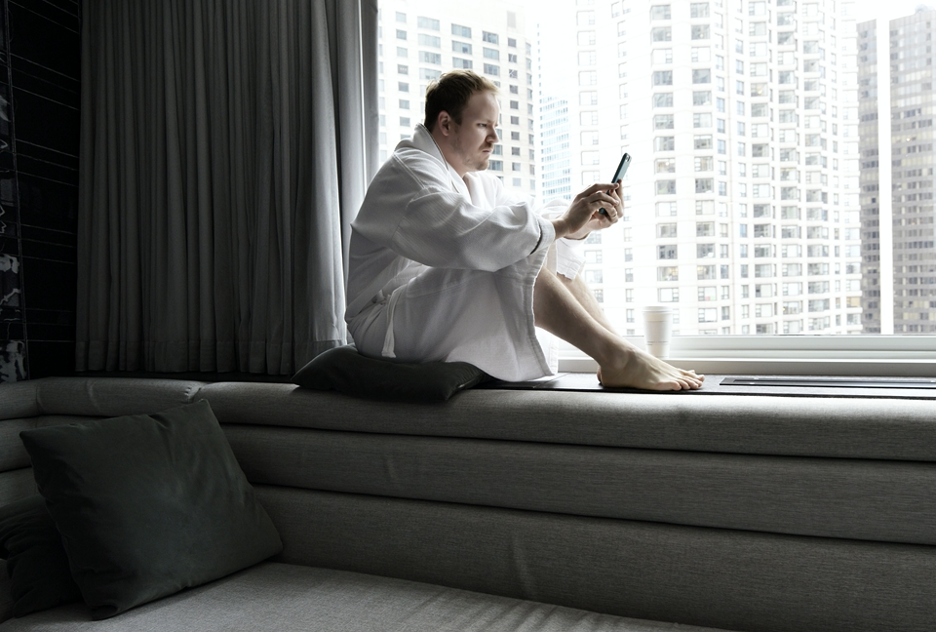for support
(888)123-4567
The global impact of COVID-19 has rocked the hospitality industry on a massive and unprecedented scale. With travel restrictions and stay-at-home measures observed worldwide to contain the spread of the virus, hoteliers are struggling with enormous revenue losses. Hotels across Europe reported single-digit occupancy rates in April. Singapore has also been hit, with occupancy rates plummeting by 32.1% in February.
But an end to the crisis may be coming into sight. With recovering countries starting to lift travel restrictions, hospitality providers are looking to reopen safely and win back consumers. To make this possible, hotels are turning to contactless check-in technology to reduce direct contact between guests and staff.
As the industry moves to protect both occupants and employees from potential outbreaks, contactless stays are likely to become the new normal. Contactless check-in solutions will play a crucial role in helping hotels recover while staying safe.
Let’s look at how contactless technology is helping hotels ensure that comprehensive safety precautions are met.
Contactless Check-In
As hotels invest more heavily in contactless initiatives, contactless check-ins are set to become ubiquitous. Biometric access and check-in apps have been quietly implemented over the years. This change is now accelerating so hotels can operate safely and deliver contactless stays for guests.
Contactless check-in solutions, such as GTRIIP, allow guests to check-in remotely through their mobile devices before arriving. Once they arrive, they can generate a digital key with a simple selfie. From there, they can use their mobile device to access the lift lobby and their rooms. This takes away the need for physical interactions between guests and hotel staff during the check-in process.
When they leave, guests can also enjoy a seamless check-out experience by using GTRIIP, meaning that they can complete the stay without having any direct contact with hotel personnel.
Contact-Free Service
Well established services, like physical concierges or communal dining rooms, are likely to be avoided by post-COVID-19 travelers. A safer and more reassuring alternative is to move services online by using digital menus and e-concierges that can be accessed from mobile devices.
With such a function, guests are able to communicate remotely with staff, request supplies, and browse through a selection of services from their mobile phones. Once their message is submitted, the hotel staff can deliver requested supplies while observing safe distancing measures.
Less Shared Surfaces
People are now hyper-aware of every surface they come into contact with and are concerned about possible disease transmission from shared surfaces. To ease this concern, hotels can implement contactless light and climate controls.
Instead of using conventional wall switches or remote controls, rooms can be set up so that guests can control air-conditioning and light settings from their smartphones. This solution also gives users a more convenient and streamlined way to adjust the room to their preferences.
With social distancing measures slowly being retracted around the world, consumers are looking to resume travel, with their primary concern being safety. Contactless technology, such as GTRIIP’s solution, can ease these safety concerns while providing a seamless and comfortable guest experience. As a leading contactless check-in solution, GTRIIP is committed to easing hurdles that hotels face in ensuring a safe environment for guests and staff.
Our solution was created to help hotels meet these above demands. In light of the current pandemic, it is ever more critical for hospitality providers to shift to a contactless mode of business to stay safe and viable.
To learn more about how GTRIIP can reduce contact in hotel environments while enhancing guest experiences, you can contact us here: https://www.gtriip.com/consult-with-us/